The BMW i7 stands as the flagship electric luxury sedan from the renowned German automaker, BMW. Having already undergone a comprehensive review, our focus now shifts to a critical aspect for electric vehicle owners: range and energy efficiency. As BMW’s inaugural full-size EV, the i7 xDrive60 shoulders the responsibility of upholding the esteemed 7 Series legacy in the electric era. This detailed analysis delves into the real-world range capabilities of the BMW i7 xDrive60, providing potential buyers with crucial insights into its performance on various driving conditions.
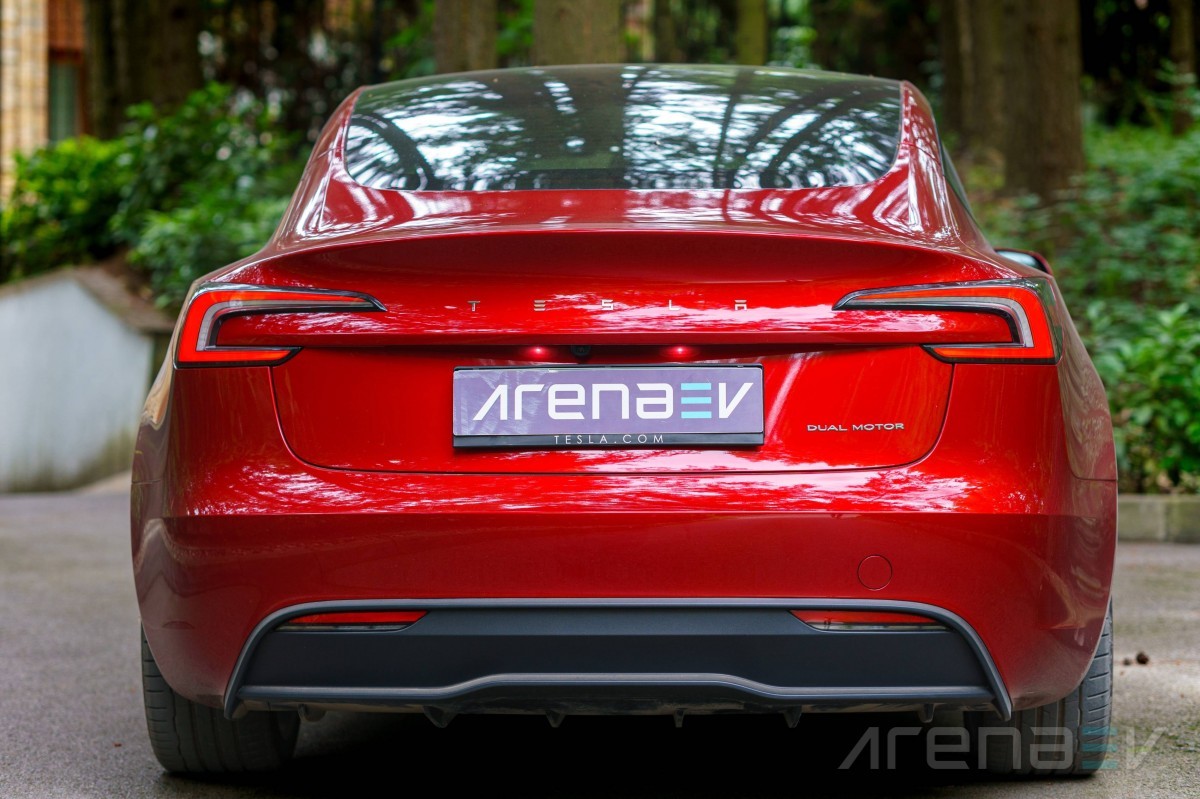 BMW i7 xDrive60 front exterior view, showcasing its luxury sedan design and presence on the road
BMW i7 xDrive60 front exterior view, showcasing its luxury sedan design and presence on the road
While the aesthetic design of the BMW i7 has sparked diverse opinions globally, its position as a technological marvel remains undisputed. The vehicle is replete with luxurious features and cutting-edge technology, promising an unparalleled driving experience that blends opulence with innovation.
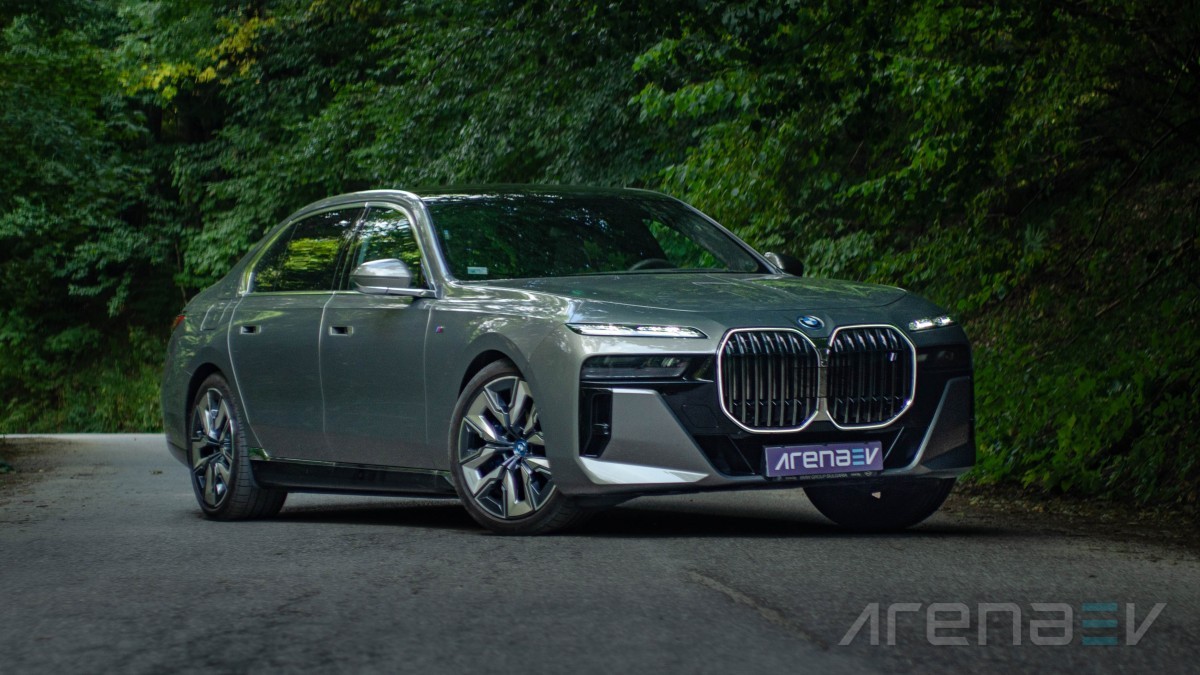 BMW i7 xDrive60 interior showcasing luxurious cabin and advanced technology features
BMW i7 xDrive60 interior showcasing luxurious cabin and advanced technology features
Our range assessment centered on the BMW i7 xDrive60 model, equipped with all-wheel drive and a robust 400 kW (544 hp) output. However, the primary objective here is not power demonstration, but rather to scrutinize its range, a pivotal factor given its substantial 105.7 kWh battery pack (101.7 kWh usable capacity). To ensure consistent and comparable data, we conducted constant speed range tests in the same controlled environment used for all vehicles we evaluate.
BMW i7 xDrive60 Range Test Results Across Different Speeds
To provide a comprehensive understanding of the BMW i7’s range performance, we tested the vehicle at three different constant speeds, simulating various driving conditions from city commutes to highway cruising. Below are the results compared against a selection of other electric vehicles tested under similar conditions.
Range Test at 37 mph (City Speed Simulation)
| Vehicle | Range (Miles) | Efficiency (mi/kWh) | Temperature (°F) |
|---|---|---|---|
| Mercedes-Benz EQS 450+ | 544 | 5.1 | 70 |
| BMW i7 xDrive60 | 518 | 5.1 | 75 |
| Tesla Model Y Long Range (2023) | 452 | 6.0 | 100 |
| Hyundai Ioniq 6 LR AWD | 440 | 5.9 | 75 |
| Volkswagen ID.4 GTX | 419 | 5.5 | 63 |
| Nissan Ariya 87 kWh FWD | 409 | 4.7 | 52 |
| Tesla Model S 75D (2018, used) | 393 | 5.9 | 73 |
| Hyundai Kona Electric 64kWh | 378 | 5.9 | 52 |
| Polestar 2 | 354 | 4.9 | 59 |
| BMW i5 | 353 | 4.3 | 37 |
| Hyundai Kona Electric 65.4kWh | 350 | 5.4 | 52 |
| Mercedes-Benz EQE AMG 43 4Matic | 343 | 3.8 | 77 |
| Renault Megane E-Tech EV60 | 336 | 6.1 | 86 |
| Jeep Avenger | 323 | 6.3 | 79 |
| Fiat 500e | 276 | 7.4 | 68 |
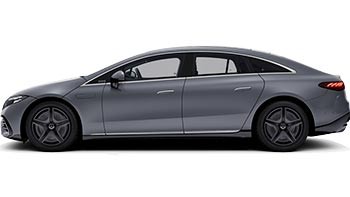 Comparison chart of electric vehicle range at 37 mph, highlighting BMW i7 xDrive60 performance
Comparison chart of electric vehicle range at 37 mph, highlighting BMW i7 xDrive60 performance
At a steady 37 mph, simulating typical city driving speeds, the BMW i7 xDrive60 demonstrates exceptional energy utilization. Achieving a range exceeding 518 miles on a single charge, the i7 leverages its substantial battery capacity effectively in lower-speed conditions. This performance is particularly noteworthy for a vehicle of its size and weight, positioning it favorably against competitors in urban environments.
Range Test at 56 mph (Daily Driving Speed Simulation)
| Vehicle | Range (Miles) | Efficiency (mi/kWh) | Temperature (°F) |
|---|---|---|---|
| Mercedes-Benz EQS 450+ | 455 | 4.2 | 70 |
| Hyundai Ioniq 6 LR AWD | 350 | 4.7 | 75 |
| BMW i7 xDrive60 | 342 | 3.4 | 75 |
| Tesla Model Y Long Range (2023) | 328 | 4.4 | 100 |
| Volkswagen ID.4 GTX | 315 | 4.1 | 63 |
| Hyundai Kona Electric 64kWh | 299 | 4.7 | 52 |
| BMW i5 | 286 | 3.5 | 37 |
| Hyundai Kona Electric 65.4kWh | 286 | 4.4 | 52 |
| Nissan Ariya 87 kWh FWD | 286 | 3.3 | 52 |
| Mercedes-Benz EQE AMG 43 4Matic | 275 | 3.0 | 77 |
| Tesla Model S 75D (2018, used) | 265 | 4.0 | 73 |
| Renault Megane E-Tech EV60 | 255 | 4.3 | 86 |
| Polestar 2 | 241 | 3.3 | 59 |
| Jeep Avenger | 217 | 4.3 | 79 |
| Fiat 500e | 181 | 4.9 | 68 |
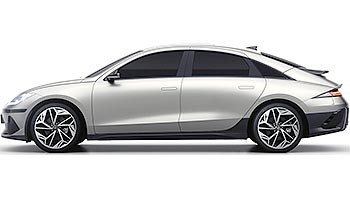 Range comparison chart at 56 mph for various EVs, including BMW i7 xDrive60
Range comparison chart at 56 mph for various EVs, including BMW i7 xDrive60
Increasing the speed to 56 mph, which represents typical daily driving scenarios including mixed urban and suburban roads, the BMW i7 xDrive60 still maintains a respectable range of 342 miles. Interestingly, these figures closely align with real-world daytrip experiences in the i7, suggesting this range is realistically achievable in everyday driving conditions for many users.
Range Test at 81 mph (Highway Speed Simulation)
| Vehicle | Range (Miles) | Efficiency (mi/kWh) | Temperature (°F) |
|---|---|---|---|
| Mercedes-Benz EQS 450+ | 324 | 3.0 | 70 |
| BMW i7 xDrive60 | 314 | 3.1 | 75 |
| Mercedes-Benz EQE AMG 43 4Matic | 231 | 2.5 | 77 |
| Tesla Model S 75D (2018, used) | 212 | 3.2 | 73 |
| Volkswagen ID.4 GTX | 210 | 2.7 | 63 |
| Nissan Ariya 87 kWh FWD | 209 | 2.4 | 52 |
| Hyundai Ioniq 6 LR AWD | 209 | 2.8 | 75 |
| Tesla Model Y Long Range (2023) | 208 | 2.8 | 100 |
| BMW i5 | 204 | 2.5 | 37 |
| Polestar 2 | 186 | 2.6 | 59 |
| Hyundai Kona Electric 64kWh | 175 | 2.7 | 52 |
| Renault Megane E-Tech EV60 | 170 | 2.8 | 86 |
| Hyundai Kona Electric 65.4kWh | 162 | 2.5 | 52 |
| Jeep Avenger | 142 | 2.8 | 79 |
| Fiat 500e | 119 | 3.2 | 68 |
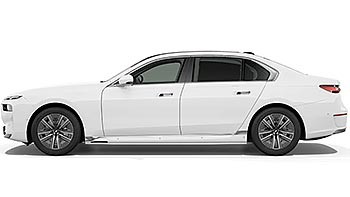 Highway range test comparison at 81 mph, focusing on BMW i7 xDrive60
Highway range test comparison at 81 mph, focusing on BMW i7 xDrive60
At 81 mph, simulating highway cruising speeds, the BMW i7 xDrive60 continues to impress. Demonstrating a modest increase in energy consumption compared to lower speeds, the i7 achieved a range of 314 miles. This result underscores its capability as an excellent highway cruiser, perfectly suited for long-distance journeys, which aligns with the primary usage of large luxury sedans.
Key Takeaways on BMW i7 Range and Efficiency
Considering its substantial size and weight, nearing 3 tonnes, the BMW i7 xDrive60 exhibits remarkable energy consumption figures, comparable to much smaller vehicle categories. Despite its seemingly less aerodynamic, angular design, the i7 boasts a low drag coefficient of 0.24 Cd, contributing to its efficiency.
The i7 excels in efficiently utilizing its large battery capacity, particularly at higher speeds and in urban settings. While efficiency might not be the foremost deciding factor for buyers in the luxury vehicle segment, especially with a price point exceeding £80,000, the BMW i7’s strong performance in range and efficiency is undoubtedly a significant advantage, enhancing its overall appeal.
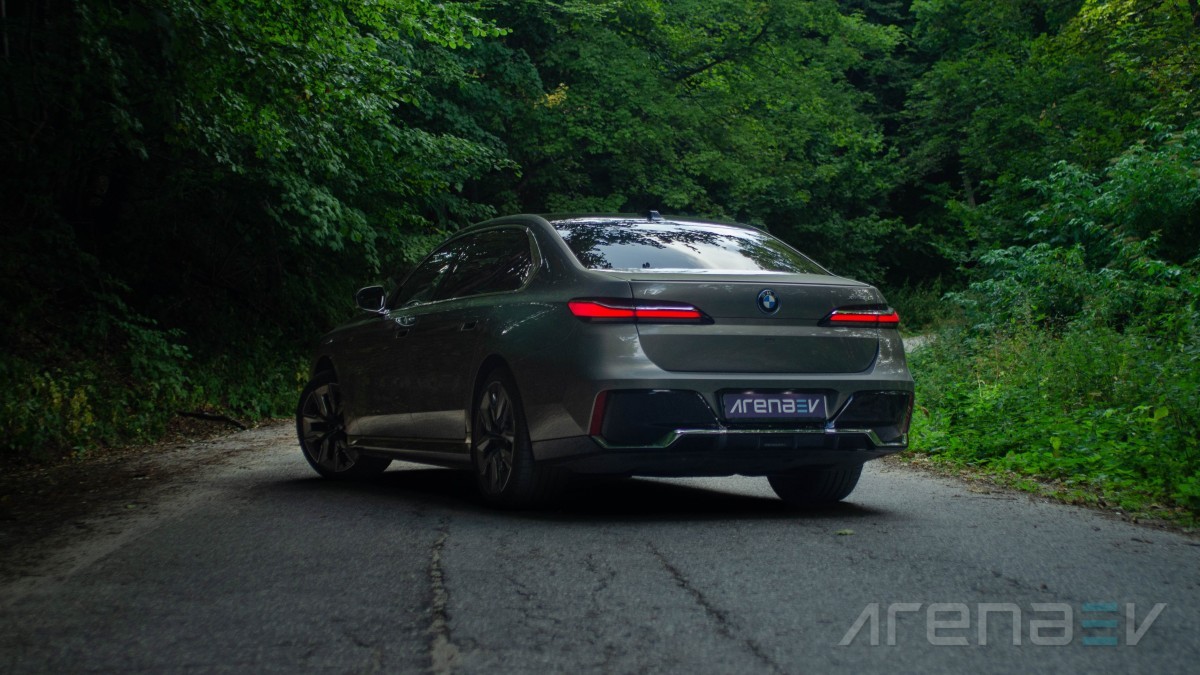 BMW i7 xDrive60 rear view, highlighting its aerodynamic profile and luxury sedan features
BMW i7 xDrive60 rear view, highlighting its aerodynamic profile and luxury sedan features
To further explore the BMW i7’s range in diverse speed and temperature combinations, we encourage you to utilize the interactive widget provided below. Leveraging our real-world test data and a sophisticated model, this tool offers range estimations designed to closely reflect actual vehicle performance, aiding potential owners in understanding the Bmw I7 Range under varied conditions.
